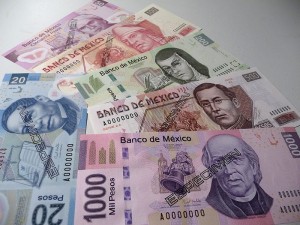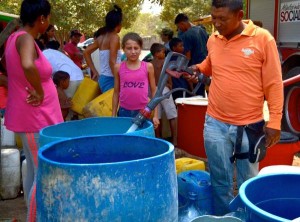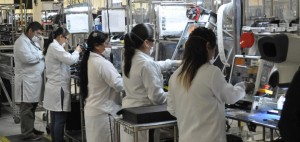By Aguirre Gustavo
Borderzine
EL PASO – The Mexican Navy killed Heriberto Lazcano, “El Lazca,” leader of Los Zetas, one of Mexico’s most feared and violent drug cartels on October 7. He had been connected to some 30,000 murders.
According to the Mexican authorities, he owned a ranch where he used to get rid of his victims by feeding them to several lions and tigers.
A plaque on a wall of the chapel in the village of Tezontle, Hidalgo, proclaims the building was donated by Heriberto Lazcano. “Lord, hear my prayer; listen to my cry for mercy; in your faithfulness and righteousness come to my relief,” reads the plaque referring to Psalm 143 in the bible. The bronze-colored marker also states the chapel was built in honor of Pope John Paul II.

According to a CBS news report, Rev. Juan Aguilar, spokesman for the Roman Catholic Archdioceses of Tulancingo, where the chapel is located, said the church was built in 2009 as a community project but the money did not go through the church, which was unaware of who funded it.
After the revelation the Archdioceses of Tulancingo, to whom the church belongs, distanced itself from the property while admitting it knows of other donations from drug traffickers. The Mexican Attorney General is currently investigating the funding of the Tezontle chapel for possible criminal charges, including money laundering or “use of illicit funds,” according to The Seattle Times.
This incident and others reported recently by news media highlight a growing concern about the possible flow of illicit drug profits in Mexico to religious institutions to pay for construction, new buildings and even charitable programs. It’s a suspected practice few government or church officials are willing to admit or discuss publicly.
“The penal code does not list church donations as money laundering,” said Kathya Martinez, a lawyer in a prestigious Ciudad Juarez law firms. “Money laundering is doing legal business with illegal money, so unless the authorities can prove that a priest conducted any type of business and lied to ‘Hacienda’ (Mexican Treasury) about the origin of the money you have no case.”
As the number of casualties in Mexico’s drug war continues to climb, the New York Times states that so far a total number of 47,515 deaths have been recorded, and the Mexican Catholic church faces some serious allegations.
Some parishes across the country are being accused of relying on generous donations from dubious sources, or “narcolimosnas” from drug lords, according to a report by Angela Kocherga on KVUE TV in Austin. Bishop Ramon Godinez of Aguascalientes, in a recent interview with Televisa said priests have no control over who gives money and don’t investigate the origin of donations.
“Of course the cartels donate money,” said Godinez, in the Televisa interview.
“If they have money they have to spend it. We don’t investigate where the money comes from; we live from donations. If it is ill-gotten money the church can clean it,” Godinez said. “I don’t know why they’ve made such a scandal out of this.”
Dr. Howard Campbell, an anthropology professor at the University of Texas at El Paso and author of the book Narco-Propaganda in the Mexican Drug War: An Anthropological Perspective, believes that “narcos” want to create a positive public image. “They want to play into the whole Pablo Escobar image of the benevolent social bandit.”
The Mexican Episcopate Conference (CEM), the official leadership body of the Catholic Church in Mexico, reiterated its…
Finish reading Narcolimosnas – alms from drug cartels infect the Mexican Catholic church





